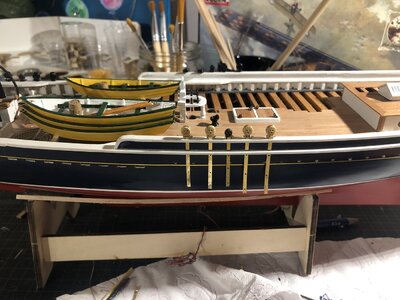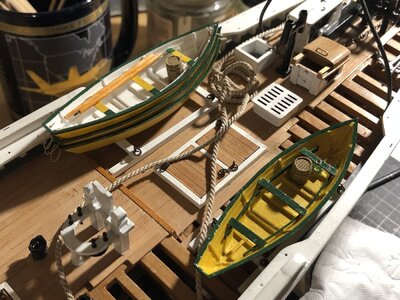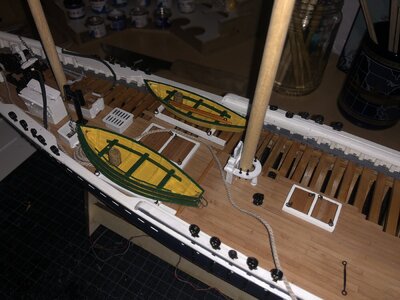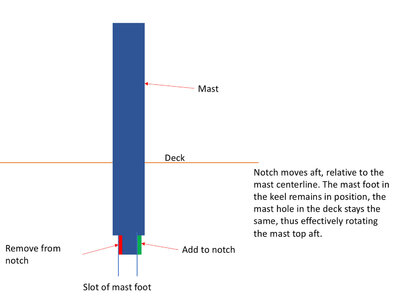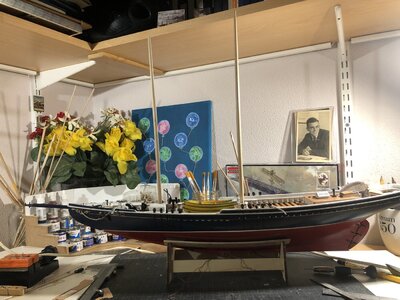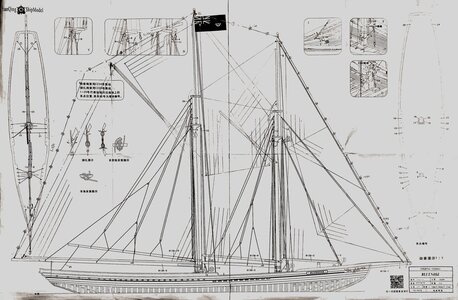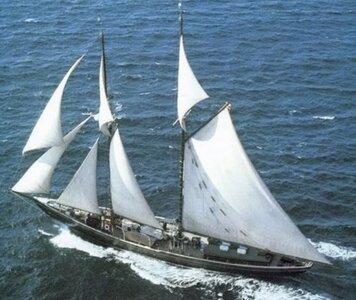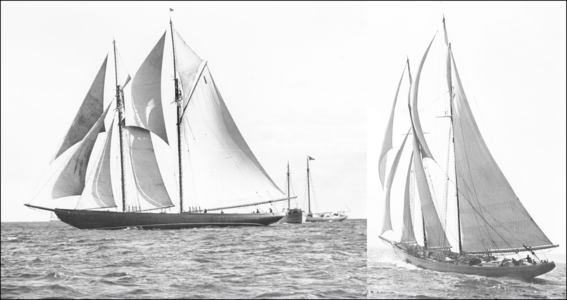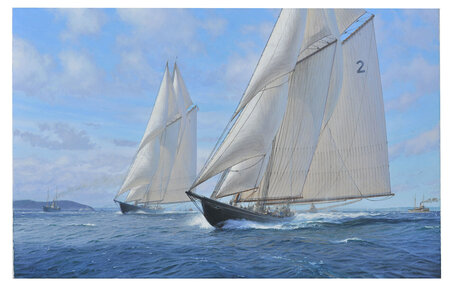This transition from hull to masts takes more time than anticipated. Happy as I am having completed the chainplates installation, there's still a huge variety of tasks to complete.
First now is to complete the installation of all hardware on deck, like shackles, eyebolts, nails, etc, etc.
One other issue during the dry fit of the fore- and main mast I noted was that the angle between the two mast appeared to be off. At that time it was just eyeballs; the main mast seemed to be right, but the foremast appeared to be leaning forward a tad too much. I didn't pay too much attention though, thinking my eyes deceived me, yeah, right.
But it kept nagging me; whenever I temporary installed the masts, I noticed this phenomenon, so tonight it could no longer be avoided and I took out some measuring tape and the drawings and started taking measures. And lo and behold, bóth masts were off; the fore mast was definitely leaning fwd, about 6mm (0,24") at the top, measured from the bowsprit tip, whereas the main mast was some 4mm (0,16") leaning aft, measured from the aftmost edge of the monkey rail. Also the distance between the tops of the two masts was 10mm (0,4") too large, which makes quite a bit of sense.
Since I had no intention changing the masts or the deck at decklevel, I solved this issue by modifying the feet of both masts. Both masts have a square shaped notch 4x4mm (0,16"x0,16"), which matches the slot in the mastfeet in the keel.
The mast holes in the decks were used as a hinge point of sorts; having to move the fore mast aft ment I had to move, so to speak, the notch of the mast aft as well, thus forcing the lower part of the mast to move forward, thus rotating the mast part above decklevel aft. For the main mast this had to be repeated, but in the opposite direction.
Theory:
View attachment 357693
Reality:
The masts still appear to be off, probably due to photographic distortion, (check the vertical bookshelf support rails left and right of the Bluenose) but I checked all dimensions, thrice and they are all within 1mm of the drawings. When looking at it, using the human eyeball, the masts look a lot better. It should be noted that, depending which source is being used, the angle between the two masts is about a degree and a half.
View attachment 357695




